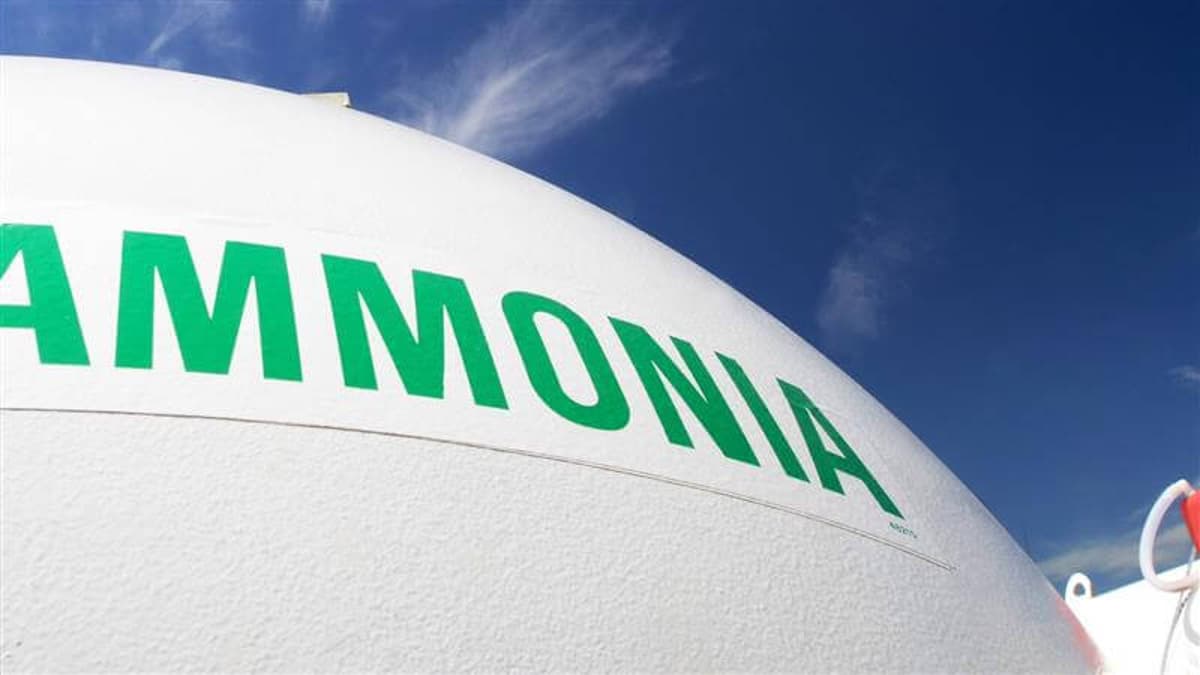Innovative Catalyst from South Korea Revolutionizes Ammonia-to-Hydrogen Conversion
Key Ideas
- A new cobalt-iron catalyst with cerium oxide developed in South Korea achieves an impressive 82% conversion rate of ammonia to hydrogen at 450°C.
- The catalyst, supported by South Korea's trade and energy ministry, aims to enhance hydrogen production efficiency for various sectors like shipping, power, and industrial heat.
- This innovation is projected to contribute significantly to the advancement of eco-friendly hydrogen production, with a commercialization target set for 2030.
- The global market for ammonia cracking is expected to grow, with estimates suggesting it could reach $1.8bn by 2033, and hydrogen transport via ammonia could drive up to eight million tonnes of clean hydrogen demand by 2030.
A breakthrough catalyst developed in South Korea by researchers at the Korea Research Institute of Chemical Technology (KRICT) has the potential to revolutionize the extraction of hydrogen from ammonia. The cobalt-iron catalyst, enhanced with cerium oxide, demonstrated an impressive 82% conversion rate of ammonia to hydrogen at 450°C during laboratory testing. This innovation is crucial for enabling efficient ammonia conversion back into hydrogen, which is essential for sectors like shipping, power generation, and industrial heat applications.
The catalyst, designed to operate effectively under industrial conditions, is poised to support large-scale ammonia-based hydrogen production, hydrogen power plants, hydrogen fuelling stations, and maritime industries. The project, supported by South Korea's trade and energy ministry, aims for commercialization by 2030, marking a significant step towards eco-friendly hydrogen production and a sustainable hydrogen economy based on renewable energy.
The global interest in ammonia cracking is on the rise, with market analysts forecasting substantial growth ahead. Estimates suggest the global ammonia cracker market could reach $1.8 billion by 2033, highlighting the potential for economic expansion in this sector. Furthermore, projections from the Hydrogen Council and McKinsey indicate that utilizing hydrogen transport via ammonia could drive significant clean hydrogen demand, potentially reaching up to eight million tonnes by 2030 across key regions such as Europe, East Asia, and the US.
Topics
South America
Renewable Energy
Technology
Sustainability
Investment
Energy Efficiency
Research
Global Trade
Market Growth
Latest News
1
ClearSign Technologies Reports Q1 2025 Results and Product Launches with Focus on Emission Reduction
Technology | 36 minutes ago
4
5
7
